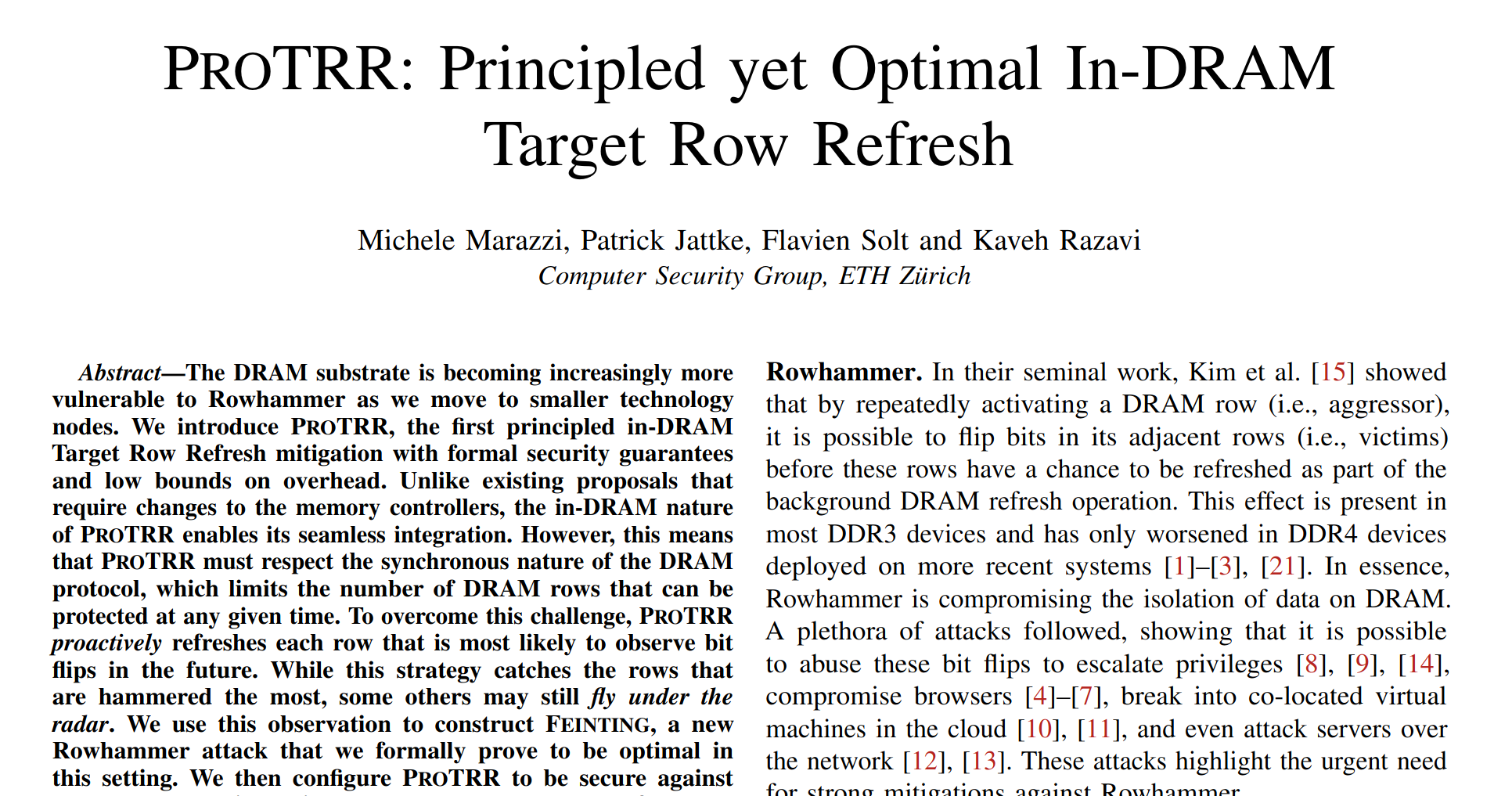3 min to read
HB-MAC
Efficient Heartbeat-Based MAC Protocol for WBAN Employing Body Coupled Communication.
Imagine a network of wearable sensors and implants seamlessly communicating across your body—monitoring vital signs, motion, even neural activity—without constantly draining their tiny batteries. That’s the promise of Wireless Body Area Networks (WBANs), yet making their wireless “nervous system” both ultra-low-power and robust remains a challenge. Enter HB-MAC, the HeartBeat-synchronized MAC protocol tailored for Body-Coupled Communication. HB-MAC taps your own heartbeat as a free, always-on timing beacon, slashing energy overhead while gracefully juggling everything from sparse event-driven alerts to high-speed data streams.
The Heartbeat Hack
Traditional MAC protocols rely on periodic beacon transmissions or wake-up radios to synchronize devices—approaches that eat into precious energy budgets. HB-MAC takes a novel approach by using the heartbeat itself as the clock: every cardiac cycle defines a “superframe,” neatly aligning sleep-wake and transmission windows across all nodes. Since the heart beats everywhere on your body and needs no extra power, there’s no dedicated beacon channel and no bulky timing hardware—just natural, bio-powered synchronization.
Protocol Architecture
HB-MAC structures communication into two superframe types:
- Regular Superframes
-
Attached Leaf Guaranteed Time Slots (ALGTS): Pre-scheduled uplink slots for leaves (sensors) already “attached” to their hub (more resourced device).
-
Hub-to-Hub Slots: A TDMA/CSMA hybrid for mesh-level traffic among hubs.
- Detached Superframes
-
Detached Leaf Window: A random-access phase (LCRTS → DLGTS) for rare or event-driven traffic, including initial attachment requests.
-
Inter-Hub Phase: Remaining time for hub mesh communication.
Critically, HB-MAC embeds emergency signaling right after the heartbeat: a quick analog slot lets any leaf flag life-threatening alarms, triggering an “emergency superframe” across neighboring hubs with end-to-end latency under one heartbeat period.
Smart Random-Access for Detached Leaves
Event-driven sensors (e.g., a sudden spike in neural signals) must wake and contend for access without blowing through energy reserves. HB-MAC rigorously analyzes collision probabilities vs. message counts, deriving optimal slot-selection and back-off strategies that keep failure rates under 1% while averaging ≈1.1 access attempts—even with nine simultaneous contenders. By tuning the number of LCR slots and adopting a simple uniform-with-backoff scheme, HB-MAC achieves both reliability and energy thriftiness.
Heartbeat Detector Duty Cycling
Even heartbeat sensors draw power (≈58 nW). HB-MAC refines this by turning detectors on only in a small window before the next expected beat. Modeling clock drift (σ≈2 µs) and beat variability (σ≈30 ms) shows that duty-cycling can cut detector energy by 75%–95% across 210–36 bpm ranges—without missing beats.
Performance Highlights
In a realistic “Human Intranet” cluster (one hub + 6 leaves), HB-MAC was pitted against the ubiquitous IEEE 802.15.4 MAC:
-
Energy Efficiency: 12×–16× lower joules per useful bit delivered.
-
Latency Trade-off: Average 1–15 s round-trip for detached leaves (versus sub-1 s for 802.15.4), tunable via “attached” mode or emergency slots.
Thanks to heartbeat sync and optimized scheduling, HB-MAC excels in low-duty, energy-starved scenarios—while still accommodating high-bandwidth links (up to 50 Mbps between hubs) for data-hungry applications like neural recording or smart prosthetics.
Why It Matters
HB-MAC’s bio-synchronized, TDMA-centric design addresses the core WBAN trifecta:
-
Ultra-Low Power: No per-node beaconing, minimal idle listening, optimized random-access.
-
Flexible Traffic Support: From heartbeat-periodic health monitoring to bursty emergency alerts and multi-Mbps streams.
-
Robustness: Heartbeat sync obviates single points of failure; countdown slots detect hub changes or channel fades; mesh hubs relay critical messages.
This makes HB-MAC a compelling MAC layer for future wearables, medical implants and human-machine interfaces that demand years-long battery life without sacrificing responsiveness.
Looking Ahead
The paper’s authors note that integrating detailed attached-leaf protocols and refining the inter-hub mesh scheduling are logical next steps. And with advances in low-power heartbeat detection and Body-Coupled Communication hardware, HB-MAC sets the stage for truly autonomous, body-centric networks—where your own heartbeat is both the data source and the clock that keeps it all in sync.
Acknowledgments
We would like to thank STMicroelectronics and the BWRC for their support in this work.
